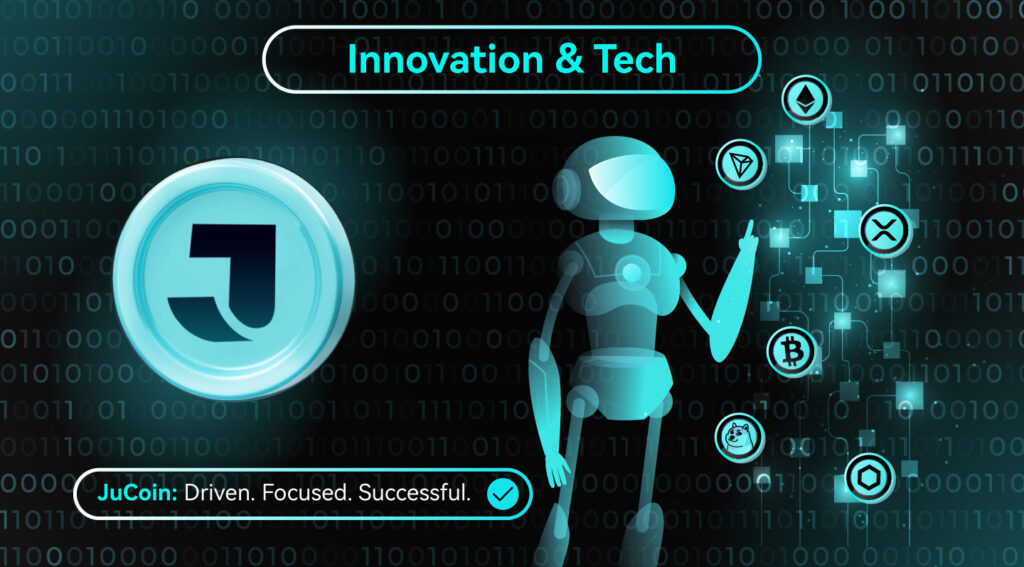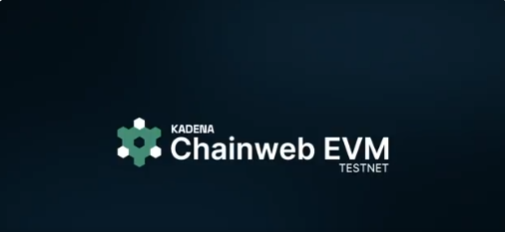
At EthCC, Kadena announced the launch of the Chainweb EVM testnet and opened its developer portal, seeking to connect its parallel PoW architecture with the Ethereum toolchain to lower migration and scaling barriers. The testnet is currently running continuously, with the roadmap and grants program advancing in parallel as the ecosystem takes shape. This Innovation and Tech piece takes a deep dive into the progress and ecosystem of the Chainweb EVM testnet.
Summary: Kadena has rolled out a parallel EVM testnet and a developer portal, positioning it as a “decentralized alternative to L2,” and is accelerating the ecosystem with a $50M grant program and tooling repositories.
What is Kadena Chainweb EVM?
Kadena is a parallel multi-chain PoW L1. Chainweb EVM combines “native parallelism” with “EVM compatibility,” allowing Solidity contracts and common tools to be deployed and debugged directly. On EthCC’s main stage, the team confirmed the testnet is live and the developer portal is open, while stating a strategic intent to serve as a decentralized alternative to L2 rollups. The core goal is to preserve PoW security and determinism while delivering an Ethereum-like developer experience and cost curve.
Horizontally scalable multi-EVM chains, low fees, and “plug-and-play” tooling compatibility. Media coverage also views this upgrade as a key lever for Kadena to attract Ethereum developers.
How far along is the testnet now?
Official docs.kadena state the testnet opened in June 2025 with public access to the developer portal and guides. The docs provide “Get started with Chainweb EVM” Devnet/node instructions, covering RPC connectivity, contract deployment, and cross-chain call basics. An accompanying open-source kadena-evm-sandbox makes it easy to spin up a local single-node/five-chain dev network for integration and regression testing.
Where can I view network and block data?
Use the official block explorer to view Chainweb’s block-weave topology and chain-set status; you can cross-check chain activity across testnet and mainnet layers from there.
What external integrations signal ecosystem and tooling traction?
Official social channels disclosed that components like DIA Oracles are already available on the Chainweb EVM testnet, enabling price feeds for lending/derivatives use cases.
How do parallel EVM chains scale, and what about fees/compatibility?
Technically, the testnet starts by “running multiple parallel EVM chains” (the on-site talk referenced an initial five, expandable as demand grows) to maintain sub-cent transaction costs and predictable latency. The team also emphasized “vanilla EVM with Pectra,” which lets developers deploy and debug directly with Solidity and common tools (Hardhat/Foundry/frontend libs). Unlike “putting an EVM on a single chain,” Kadena absorbs burst traffic horizontally to reduce fee spikes during congestion.
Blockspot likewise interprets Chainweb EVM as exploring “L2-like UX via multi-chain parallelism while retaining underlying PoW decentralization.”
How does this relate to Pact/Chainweb?
Chainweb is Kadena’s parallel PoW consensus and data-availability base; Pact is its native smart-contract language. Introducing Chainweb EVM does not replace Pact—it’s a parallel stack: welcoming Solidity developers while continuing to secure/scale via Chainweb’s braided block production and cross-chain routing. Both official narratives and media emphasize balancing “decentralized security + familiar EVM tooling.”

Ecosystem incentives, roadmap, and what should we track?
Recommended tracking dimensions:
-
The timeline and changelogs from closed → public testing;
-
The number and stability of parallel EVM chains;
-
Coverage of oracles/indexers/bridges;
-
Developer activity (workshops and Dev Portal metrics);
-
Funded projects from the grants program and retention.
To support Chainweb EVM, Kadena has launched a $50M grant program, offering non-dilutive grants focused on EVM, RWA, and AI. The roadmap page highlights a 2025 focus on EVM, ecosystem growth, and industry integrations.
FAQ
Q1: When did the Kadena Chainweb EVM testnet start?
A: The team announced at EthCC that the testnet is live, alongside an open developer portal and materials.
Q2: Can I deploy directly with Solidity/Hardhat/Foundry?
A: Yes. On-site reports describe it as “vanilla EVM with Pectra,” compatible with common Ethereum tools and frontend stacks.
Q3: Are there examples and a local dev environment?
A: The official GitHub provides kadena-evm-sandbox to spin up a single-node multi-EVM local network.
Q4: How do I view network data? Is there an explorer?
A: Use the official explorer to observe multi-chain block production and inter-chain topology; validate transactions via testnet RPC.
Q5: Is there an ecosystem incentive or fund?
A: Yes. A $50M grants program has been announced, covering EVM/RWA/AI tracks.
Q6: What external components are on the testnet?
A: DIA Oracles are available per official disclosures; watch for additional indexers and bridge integrations.
Key Takeaways
Clear path: Kadena fuses parallel PoW with EVM compatibility to build a scalable execution environment aiming to be a “decentralized alternative to L2.”
Rising usability: The testnet and Dev Portal are open; the Sandbox offers a local multi-chain environment to lower trial friction.
Performance strategy: Start with five parallel EVM chains and scale horizontally to sustain low fees and stable latency.
Ecosystem support: $50M in grants plus workshops to grow developers, with 2025 centered on the EVM roadmap.
What to watch: Count/stability of parallel chains, oracle/indexer coverage, funded deliverables, and developer activity will shape the next inflection.





